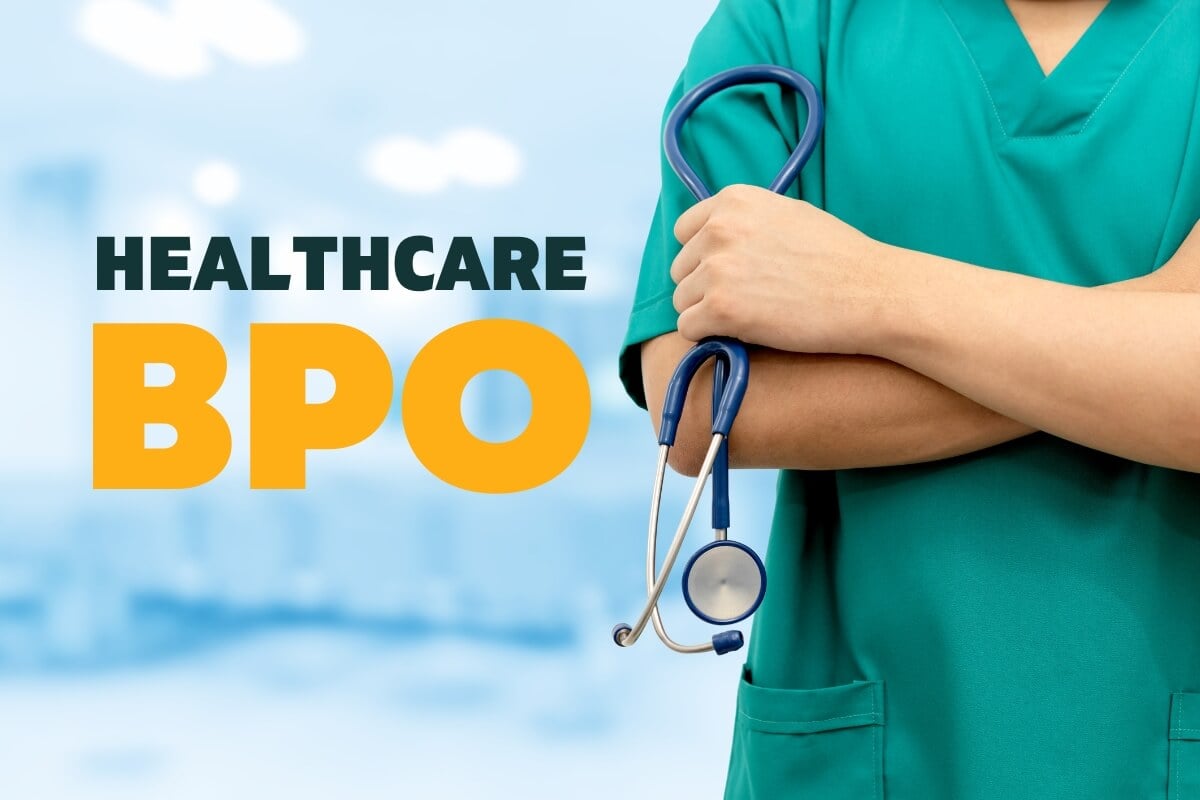Healthcare RCM Services for Efficient Revenue Cycle Management
Healthcare RCM Services for Efficient Revenue Cycle Management
Blog Article
A Comprehensive Overview on How Healthcare RCM Works to Streamline Payment and Collections
Navigating the complexities of health care income cycle monitoring (RCM) is critical for companies aiming to boost their payment and collections processes. The guide unpacks the intricacies of RCM, from person enrollment to balance dues administration, using insights into maximizing each step. Incorporating innovative technology and standardized procedures can substantially reduce case denials and accelerate repayment cycles. Yet, the real difficulty exists in seamlessly combining these components to improve capital. As we check out the core parts and approaches that drive effectiveness, one inquiry stays: just how can health care entities ideal position themselves to flourish monetarily in an ever-evolving sector?
Recognizing Revenue Cycle Administration
Realizing the ins and outs of Earnings Cycle Management (RCM) is vital for health care organizations intending to optimize their financial efficiency. RCM is a vital administrative feature that includes the whole economic process of individual care, from the preliminary consultation establishing to the last repayment of the equilibrium. It is a complex procedure developed to determine, gather, and handle the revenue from the services offered to clients. Effective RCM makes certain that medical care companies get exact and timely payments, reducing the risk of revenue loss and boosting capital.
The RCM process begins when a client schedules a consultation and prolongs through the individual's treatment journey, consisting of invoicing and collections. A crucial objective is to minimize the time in between getting and providing a solution repayment, thus improving the organization's financial health and wellness. RCM involves numerous features such as individual registration, insurance policy verification, cost capture, coding, claims submission, repayment posting, and handling charms and rejections.
Secret Elements of RCM
In the world of Profits Cycle Administration (RCM), understanding its crucial parts is fundamental to achieving monetary performance within health care organizations. RCM is a comprehensive process that incorporates numerous stages, each important to guaranteeing reliable billing and collections. The main parts consist of patient registration, insurance policy verification, fee capture, coding, case entry, settlement uploading, and accounts receivable monitoring.


When coded, insurance claims are sent to payers, where accuracy is vital to avoid hold-ups or denials - Healthcare RCM. Payment posting includes tape-recording the gotten repayments, which permits the reconciliation of accounts. Finally, receivables administration focuses on tracking and attending to unsettled claims, making sure prompt follow-up and resolution
Each part of RCM is adjoined, and ineffectiveness in any component can disrupt the whole cycle. As a result, grasping these aspects is important for health care carriers to optimize income and enhance their economic health.
Strategies for Reliable Invoicing

Standardizing billing treatments across the organization is an additional crucial method. Establishing clear guidelines for documentation, coding, and entry assists preserve consistency and conformity with regulative demands. Educating personnel regularly on these treatments makes certain every person is current with the current modifications in billing codes and payer policies.
Exact fee capture is important in stopping income leakage. Applying routine audits and monitoring systems enables the recognition and adjustment of disparities before they affect income. Additionally, keeping open lines of communication with payers helps to swiftly fix any kind of disputes great post to read or misconceptions that may develop.

Lastly, engaging people early in the invoicing process by offering clear estimates and educational materials about their economic duties can significantly reduce confusion and boost repayment timeliness. These methods jointly contribute to an extra reliable and financially healthy and balanced invoicing system.
Enhancing Collections Processes
Given the intricacies of medical payment and the range of payer demands, boosting the collections procedure includes applying tactical actions that make certain precise and prompt settlement of services made. Automation devices can aid in tracking case standings, sending timely pointers to clients, and handling denials a lot more properly.
Clear and transparent person communications are critical. Supplying thorough explanations of fees and offering versatile settlement plans can raise client contentment and prompt payments.
Regular audits of the collections process need to be conducted to recognize locations for improvement and guarantee conformity with policies. By assessing data, health care companies can determine fads, anticipate prospective issues, and adapt approaches appropriately (Healthcare RCM). Eventually, a well-enhanced collections process not just sustains financial health but likewise adds to a more seamless experience for clients and team alike
Optimizing Income Streams
Structure upon the structure of a solid collections procedure, healthcare companies can further strengthen their financial stability by purposefully maximizing income streams. This entails a multi-faceted approach, beginning with a thorough analysis of existing profits resources to determine ineffectiveness and locations for development. Using innovative information analytics devices allows organizations to get understandings right into payer mix, client demographics, and solution usage patterns, allowing for data-driven choices that enhance revenue capture.
Carrying out automated payment systems can considerably lower mistakes and expedite insurance claims processing, making certain that profits is accumulated extra successfully. Additionally, optimizing payer contracts through normal negotiations can improve reimbursement rates and terms, straight impacting the bottom line. Diversifying solution offerings, such read this as including telehealth or health programs, can also attract a wider patient base, therefore raising earnings possibility.
One more essential component is enhancing patient involvement and satisfaction, as completely satisfied patients are most likely to adhere to therapy strategies and make timely repayments. Using flexible settlement alternatives and clear billing practices can enhance collections and foster individual loyalty. Healthcare RCM. By embracing these strategies, health care companies can produce a much more resilient monetary structure, guaranteeing continual development and stability in an ever-changing industry landscape
Verdict
In final thought, healthcare Income Cycle Management (RCM) plays an important duty in maximizing payment and collections processes by incorporating essential parts such as individual registration, insurance confirmation, charge capture, coding, claims submission, and balance due management. By utilizing innovative innovation, standardizing procedures, and cultivating client involvement, medical care suppliers can substantially reduce claim denials, increase payment cycles, and enhance capital. This detailed strategy to RCM ultimately leads to improved financial effectiveness and sustainability for medical care companies.
The RCM process begins when a person timetables an appointment and extends through the individual's treatment trip, including invoicing and collections.One more crucial element is improving person engagement and fulfillment, as completely satisfied individuals are much more likely to adhere to treatment plans and make timely settlements. Using adaptable repayment alternatives and clear payment techniques can boost collections and foster client commitment.In verdict, health care Profits Cycle Monitoring (RCM) plays a vital function in maximizing payment and collections procedures by integrating key parts such as person enrollment, insurance policy confirmation, cost capture, coding, declares submission, and accounts receivable management. By utilizing sophisticated innovation, standardizing treatments, and fostering patient involvement, medical care service providers can considerably minimize claim rejections, increase payment cycles, and enhance cash money flow.
Report this page